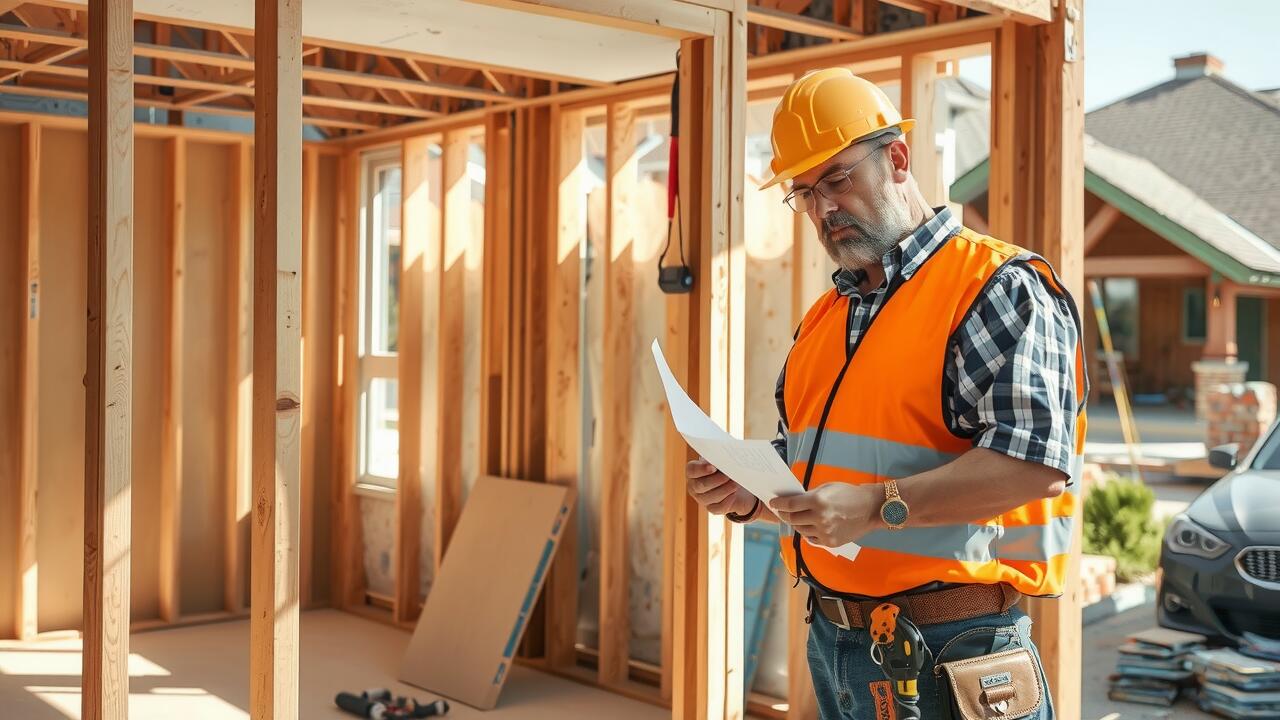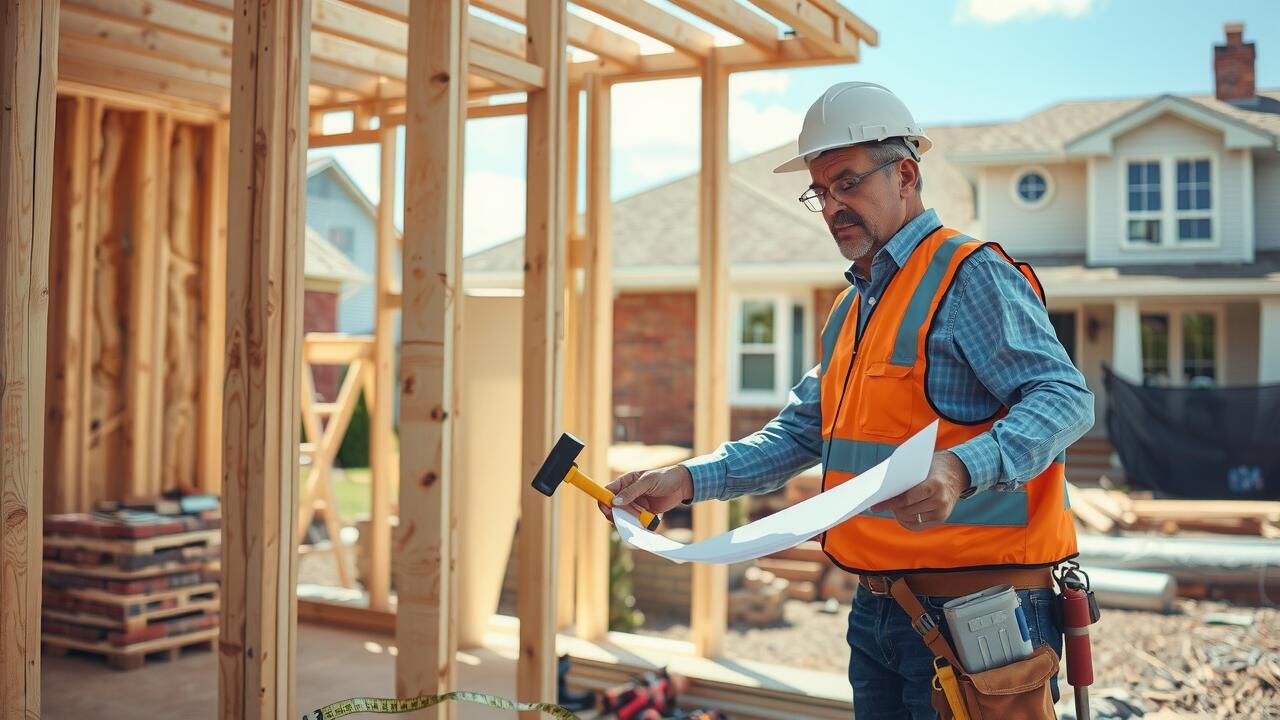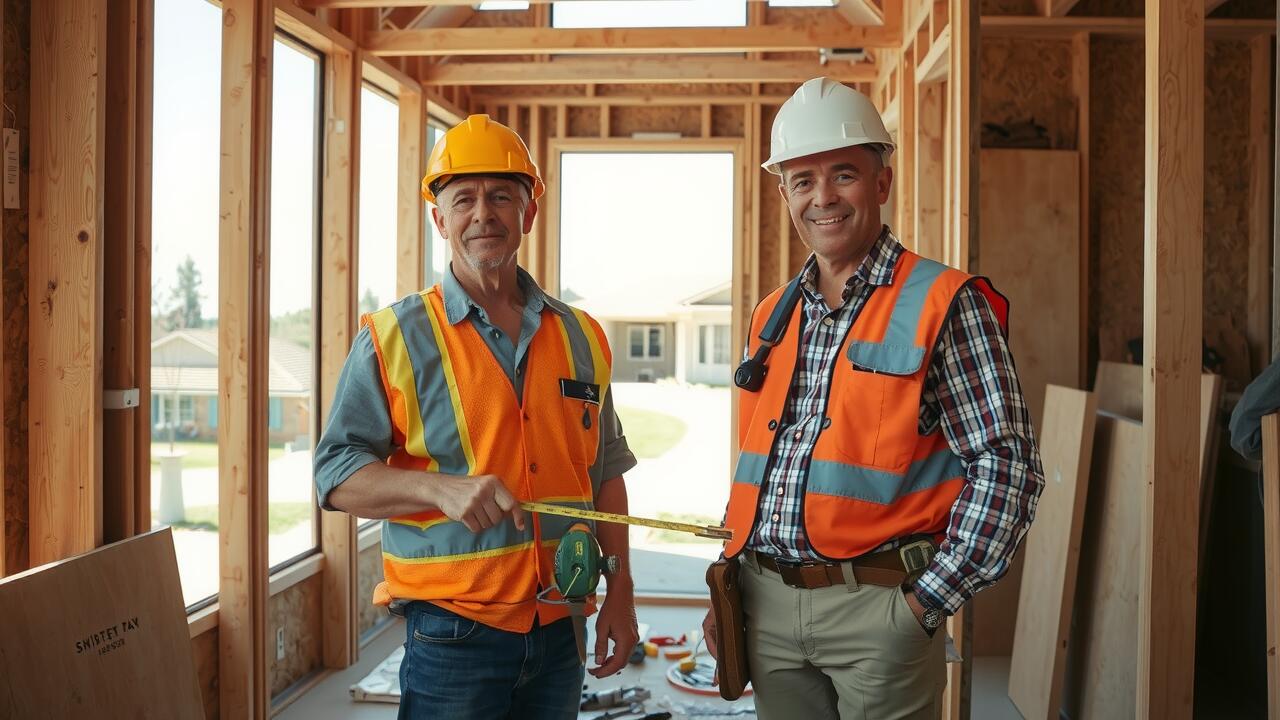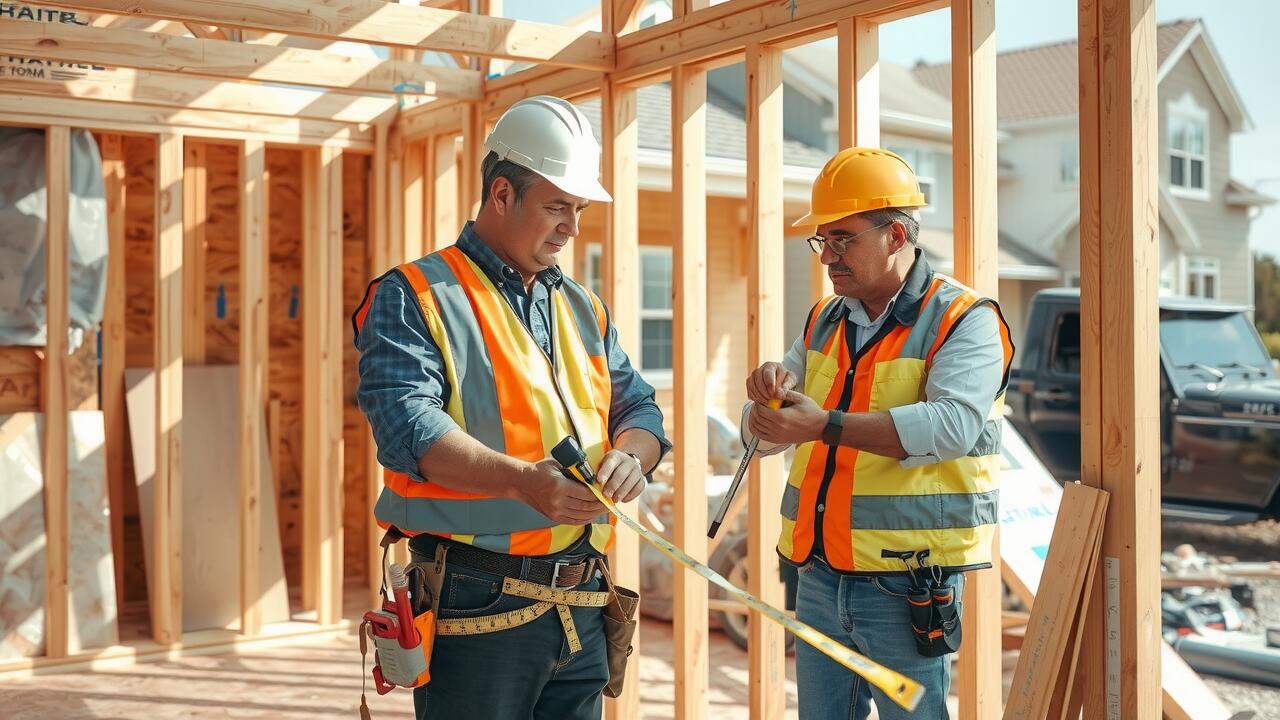
Table Of Contents
Financing Options for Home Additions
When planning for room additions in Pardee, Santa Clarita, exploring various financing options becomes essential. Homeowners often rely on personal savings, especially for smaller projects. Others consider home equity loans or lines of credit, which allow them to borrow against the equity built in their homes. These options provide flexibility but also require careful assessment of repayment capacities. Additionally, government-backed loans like FHA 203(k) can be beneficial, offering lower down payments and competitive interest rates for qualified applicants.
Another avenue for financing includes seeking out local grants or assistance programs specifically designed to aid homeowners in improving their properties. Many municipalities and organizations offer financial incentives to encourage renovations that enhance community aesthetics or increase housing inventory. It’s essential to research any available resources and eligibility criteria in Pardee, Santa Clarita, as these programs can significantly alleviate the financial burden associated with home additions. Being informed about all possible options can help in making a more sustainable investment in a growing living space.
Loans and Grants Available
Homeowners considering building an addition have several financial options available to them, including loans and grants. For those looking to finance Room Additions in Mint Canyon, Santa Clarita, federal and state programs may offer financial assistance. The Federal Housing Administration (FHA) has specific loan products for home improvement that allow homeowners to borrow against their existing home equity, making renovations more accessible. Local and state grants may also be available for specific projects, especially those focusing on energy efficiency or low-income housing improvements.
In addition to traditional bank loans, homeowners can explore credit unions and online lenders for more competitive financing terms. Some community development organizations may provide financial assistance tailored to home improvements in specific areas, including Mint Canyon. It is essential to research eligibility requirements and application processes, as these can vary widely across programs. Homeowners should also assess whether these funding options align with their long-term financial goals to ensure a sound investment in their property.
Design Considerations
Designing a successful addition requires careful thought about the existing structure and the intended purpose of the new space. Homeowners should consider how the addition will blend with the existing architectural style and the overall flow of the home. Factors such as natural light, ventilation, and layout play a crucial role in making the new room functional and aesthetically pleasing. Consulting with an architect can help ensure that these elements are harmonized effectively.
For those looking to enhance their living space, Room Additions in Canyon Country, Santa Clarita present unique opportunities and challenges. Local building codes and restrictions must be addressed, and understanding the neighborhood context can influence design choices. Attention to detail regarding materials and finishes will not only help meet regulatory requirements but also enhance the overall value and appeal of the property.
Importance of Architectural Plans
Architectural plans play a crucial role in the success of any home addition project. These plans provide detailed blueprints that guide construction, ensuring that the vision for the space is both functional and aesthetically pleasing. Without these plans, homeowners risk overspending due to changes made on the fly or potential structural issues that may arise during construction. Properly crafted architectural designs can also help to navigate zoning laws and building codes, which is vital in California’s diverse residential landscapes.
In areas like Honby, Santa Clarita, the importance of well-thought-out architectural plans is amplified due to the unique characteristics of local homes and neighborhoods. Collaborating with an experienced architect can streamline the planning phase, creating a customized design that adheres to city regulations and enhances the overall value of the property. These plans also address practical concerns like layout, sunlight exposure, and how the new addition integrates with the existing structure, making them an indispensable part of the home addition process.
Hidden Costs to Consider
When planning a home addition, it’s important to recognize the hidden costs that can significantly affect your overall budget. Permitting fees can be substantial and vary by jurisdiction, often requiring careful research and preparation. Additionally, unexpected site conditions could arise, such as poor soil quality, which may necessitate additional foundation work. Homeowners also need to consider costs associated with utilities and potential upgrades, especially in areas like Room Additions in Newhall, Santa Clarita, where local regulations may mandate changes to existing systems.
Another area of hidden costs to consider involves design and planning expenses. Hiring professionals such as architects or designers adds to the initial financial outlay but is crucial for a successful project. Changes made after the planning stage can incur additional fees as well. Homeowners should also be mindful of the costs linked to landscaping or exterior modifications that may be necessary once construction is complete. All of these factors contribute to the final price of building an addition, making it essential to budget for these often-overlooked expenses.
Additional Expenses in Home Construction
When planning for room additions in Elayon, Santa Clarita, it is essential to keep in mind that the project may involve several hidden expenses beyond the initial estimates. Costs for permits, inspections, and even potential fines for zoning issues can quickly add up. Homeowners should also factor in expenses for utility upgrades, which may be necessary to accommodate new spaces. Hiring contractors and subcontractors can also bring additional labor costs that might not be included in preliminary budgets.
Another area that often surprises homeowners is the cost of materials and fixtures. Prices for supplies can fluctuate based on market conditions and might require adjustments in spending plans. Unforeseen issues, such as structural problems or pest damage, can arise once construction begins, potentially leading to further expenses. Proper planning and thorough research into the overall scope of the project can help mitigate these unexpected costs during the construction of room additions in Elayon, Santa Clarita.
FAQS
What is the average cost per square foot to build an addition in California?
The average cost to build an addition in California typically ranges from $200 to $400 per square foot, depending on the location, complexity of the design, and materials used.
Are there financing options available for home additions in California?
Yes, there are several financing options available, including home equity loans, personal loans, and specific grants for home improvement projects. It’s advisable to explore different options to find the best fit for your budget.
What are some common hidden costs associated with building an addition?
Hidden costs can include permits, unexpected structural repairs, utility upgrades, and landscaping. It’s important to budget for these additional expenses to avoid surprises during construction.
Do I need architectural plans to build an addition?
Yes, having professional architectural plans is often necessary, as they ensure compliance with local building codes and help visualize the project’s layout and design.
How long does it typically take to build an addition in California?
The timeline for building an addition can vary widely based on the project’s scope and complexity, but it generally takes anywhere from three to six months from start to finish, depending on permits and construction conditions.



